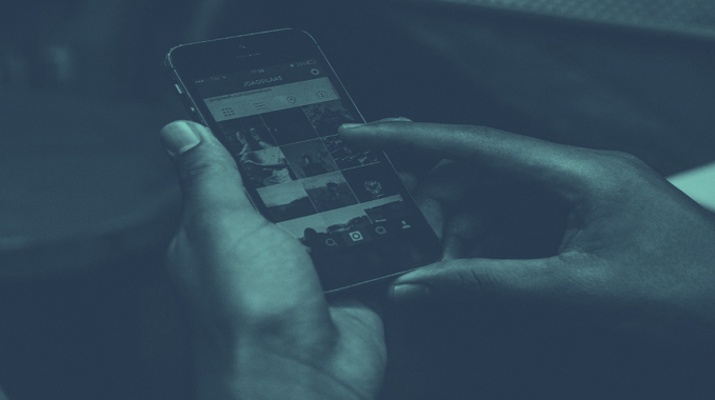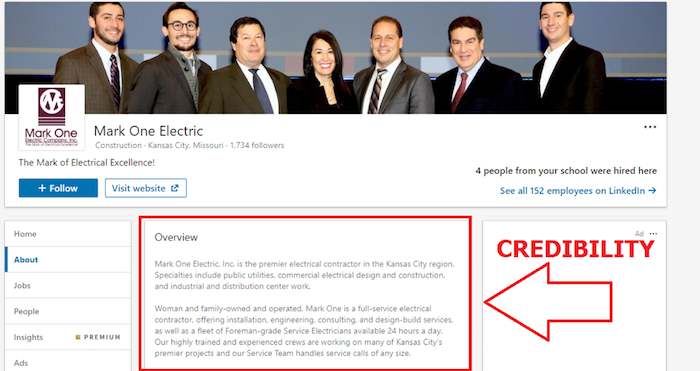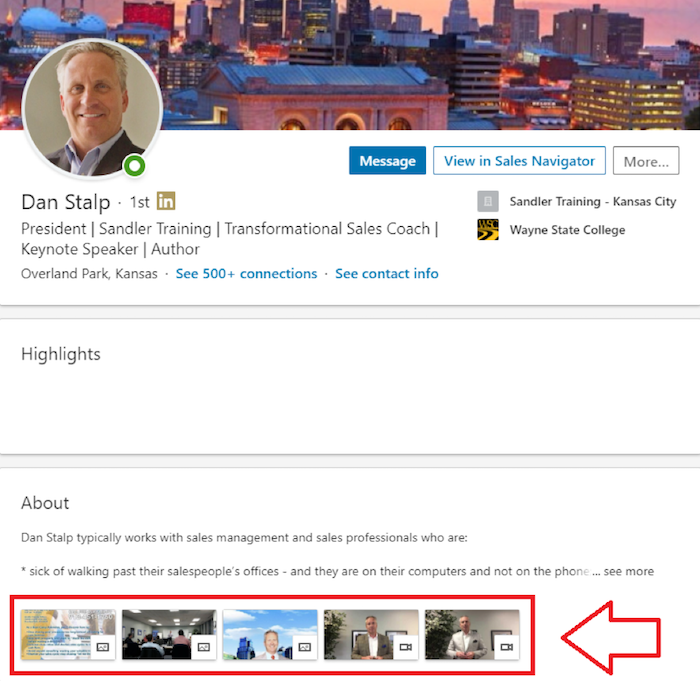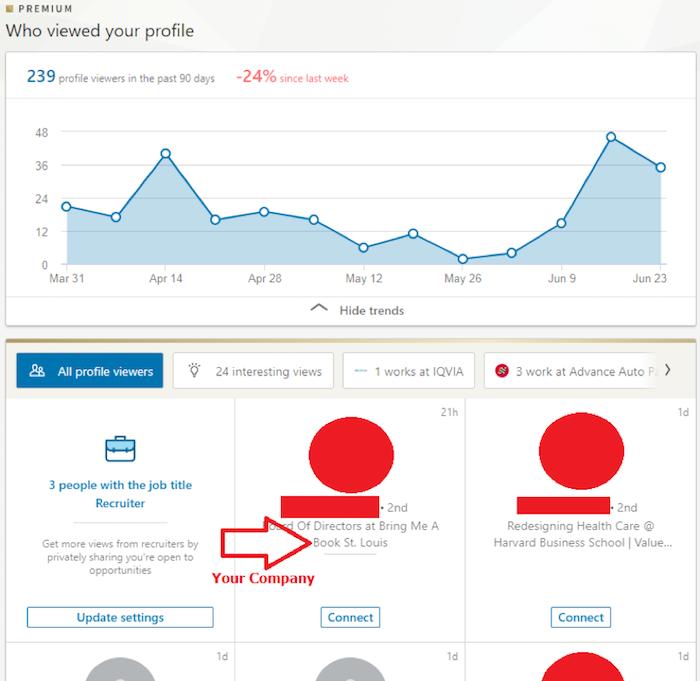How to Effectively Use LinkedIn for Brand Awareness

How to Effectively Use LinkedIn for Brand Awareness
Contributed ContentYou should know how valuable LinkedIn is for creating awareness for your company if you are in the business-to-business space. Learn how LinkedIn can grow your company and create a solid sales pipeline.
Technology has changed the B2B landscape for how companies interact with their clients. Customers want transparency, and it's our job as marketers to personify our brand awareness. No other platform does this better for B2B brands than LinkedIn. In fact, according to Econsultancy, 64% of all visits from social media channels to corporate websites come from LinkedIn.
I have personally generated revenue and massive brand awareness for a variety of B2B companies using LinkedIn. I accomplished this by optimizing profiles, taking advantage of LinkedIn's look back and notification system, and using strategic targeting to grow customer bases and sales pipelines for my clients.
But it's not enough to incorporate these methods individually and hope something sticks.
You need a dedicated plan that ensures all parts of your LinkedIn strategy work together to complement each other. An attention-grabbing headline on an article posted to your personal or company page will only go so far. Customers want to interact with other people, not a faceless corporate logo.
It takes a lot to build rapport with customers. Everything from your brand image to how salespeople introduce themselves needs to have an aligned message.
Here is a step-by-step guide on how you can achieve successful brand awareness on LinkedIn. The first few steps detail how you can get started by optimizing your profile.
6 Ways Your Business Can Use LinkedIn Effectively
- Take a personal branding approach
- Make headlines unique
- Use profile banners
- Use the "about" section ot promote offerings or media
- Use look-back notificatios and content engagement
- Use Sales Navigator
1. Take a Personal Branding Approach
People do business with people they trust. The quality and price of your product or service won’t matter if customers don’t like or trust you.
The branding for your company should reflect experience so as to be deemed trustworthy, while your salespeople should demonstrate reliability.
Mark One Electric, for example, offers a thorough overview of its service lines and collective experience on its company page.

Mark One Financial should serve as a guide for your own outbound messaging. Your company page and your sales staff’s LinkedIn profiles must be laid-back and approachable without sacrificing professionalism.
Let your company page prove the value of your offering; your sales team will then be free to engage potential clients.
2. Make Your Headlines More Unique
Try optimizing the header in LinkedIn profiles with an action verb to make your sales team stand out. Replacing “Sales at a Financial Institution” with “Saving you money and time” is sure to attract more attention. Have your employees mention the industry they target to get even more specific.
For example, my headline reads: "Lead Generator for Consulting and Technology."

My prospects can find me easier and feel more encouraged to reach out to me when my headline gives off more information than just my job title.
A similar strategy will make you more visible to your customers and give them a better idea of what you can offer.
3. Use Profile Banners to Advertise Your Company
Your salespeople should also make effective use of the banner display on their profiles to advertise your company. This can be as simple as a brand logo or a graphic to outline somebody’s specialties.
Be mindful of how these banners will be formatted for both desktop and mobile devices when you add them. The profile picture sits on the left side of the banner on desktop, but it is centered on mobile. To counteract this discrepancy, keep your logos or calls to action either to the top and slightly above the profile picture with small text or to the right of the image.
Consider the example below and notice how prominent the Terminus logo appears when situated strategically.

The Terminus logo is clearly more noticeable on the desktop layout, but it’s not invisible on mobile. Your logo placement doesn't have to be perfect, but it should be legible.
LinkedIn banners are free billboards to advertise that are highly underused on the platform. For help on creating your LinkedIn banner, you can check out this helpful post from LinkedIn.
4. Use the About Section to Promote Offerings or Media
Did you know LinkedIn allows you to display different types of media in your About section? Did you know you can display this media without sacrificing your summary length?
This tool can help promote exclusive offers, landing pages, video content, white papers, or any other marketing material you want potential customers to see.
The inclusion of various types of media can be especially helpful for people in certain industries. This is evidenced by Dan Stalp and his collection of graphics and videos in his profile as a sales coach and professional speaker.

Potential customers will be more convinced of your legitimacy if they are presented with a diverse selection of media that highlight your abilities.
LinkedIn users can upload media directly to their profiles or insert a link to another page by selecting the edit icon (the blue pencil) within the About section. You can edit the title and description if you upload a link, but you won't be able to edit the image associated with it.
Marketers need to know the importance of retargeting. Use the About section wisely to redirect to engaging content and landing pages. You can then retarget prospects later down the line.
Now that your employee profiles are optimized, it's time to move to the next steps.
5. Use LinkedIn Look-Back Notifications and Content Engagement
Have you ever received the notification email that alerts you to new views of your profile? You likely have because every profile gets a look-back notification as a default setting.
Use this to your advantage by having your salespeople view your potential buyers.

This strategy allows you to get in front of them without seeming too pushy. After all, who doesn't like to know who's checking out their profile?
Additionally, if your prospects are active on LinkedIn, you can like and comment on their posts or posts of people they follow.

This also sends a notification to their email and within LinkedIn itself, creating another avenue for you to catch their eye.
When your target customer sees these notifications, he or she can be compelled to click on the salesperson’s profile. The profile will serve as a free landing page to advertise your products or services if it is optimized correctly.
6. Get Customer Specific With Sales Navigator
LinkedIn’s search function provides an easy way to find potential customers. But if you’re working with LinkedIn’s free version, the platform caps the number of searches you’re allowed in a month.
Additionally, the free search limits you to people directly in your network. Anyone outside a 3rd connection (a second connection of someone you're directly connected with) can’t be seen.
An effective way to mitigate this policy is to upgrade to a Sales Navigator account. A monthly fee for Sales Navigator gives you access to more robust search features in LinkedIn, allowing you to find other users outside of your immediate network (although it is still limited).
Using the Sales Navigator search page, you can create a list of prospects based on designated criteria not available anywhere else. Select “Search for Leads” once you reach the advanced search page. You can then sort by:
- First/last name
- Job title
- Current/past company name
- Connection type
- Seniority level
- Company headcount
- Location
- Industry

Sales Navigator can help create a list of ideal prospects as long as you understand your target customers and the search terms required to find them.
You will be better positioned to find and interact with your customer base by using Sales Navigator and implementing the strategies learned in the previous steps.
Use LinkedIn to Build Your Brand Awareness
Marketers need to have a different strategy to reach their intended audience because LinkedIn is so unlike other forms of social media.
There is no need to pay for ads or create content on LinkedIn like there is for other platforms. LinkedIn enables you to engage with your audience at a much lower cost than traditional advertising campaigns, and you can put a friendly face to your sales staff.
You can benefit from increased brand awareness and unleash the potential of LinkedIn as a sales pipeline-building platform if all of your strategies act together toward a common goal.
